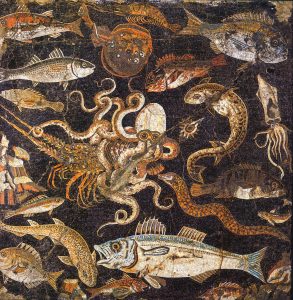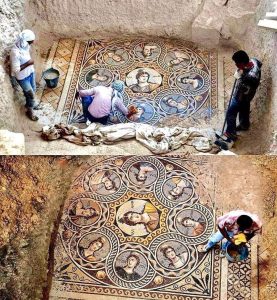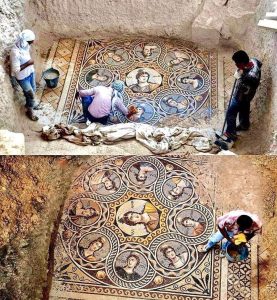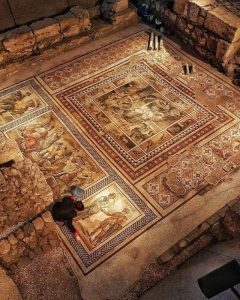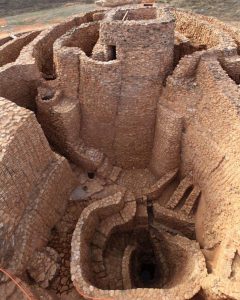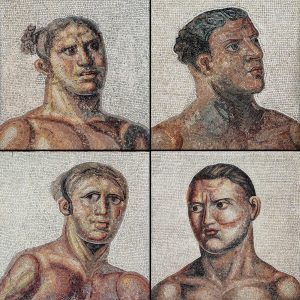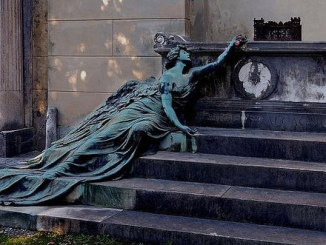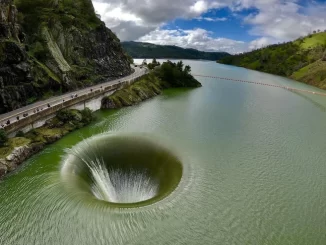Nestled in the heart of Sicily, the Villa Romana del Casale in Piazza Armerina boasts one of the most spectacular ancient Roman mosaics ever discovered—the Great Hunt mosaic. This magnificent artwork, dating back to the 4th century AD, mesmerizes visitors with its intricate details and vivid depictions of a grand hunting scene. In this blog post, we delve into the fascinating history and significance of the Great Hunt mosaic, exploring its artistic brilliance and the insights it offers into the ancient Roman world.
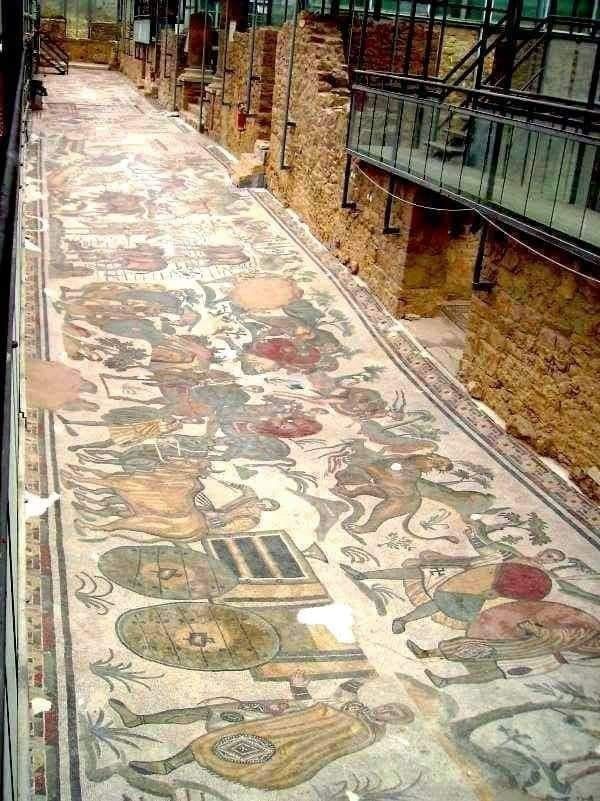
1. The Magnificent Artistry of the Great Hunt Mosaic The Great Hunt mosaic, spanning an impressive 200 square meters, adorns the floors of the Villa Romana del Casale’s peristyle, captivating all who behold it. This masterpiece of ancient Roman artistry showcases a vibrant tableau of hunting scenes, featuring wild animals such as lions, leopards, boars, and deer, as well as skilled hunters on horseback and foot. The mosaic’s meticulous craftsmanship and use of colorful tesserae bring the hunt to life, offering a vivid snapshot of Roman leisure and aristocratic pursuits.
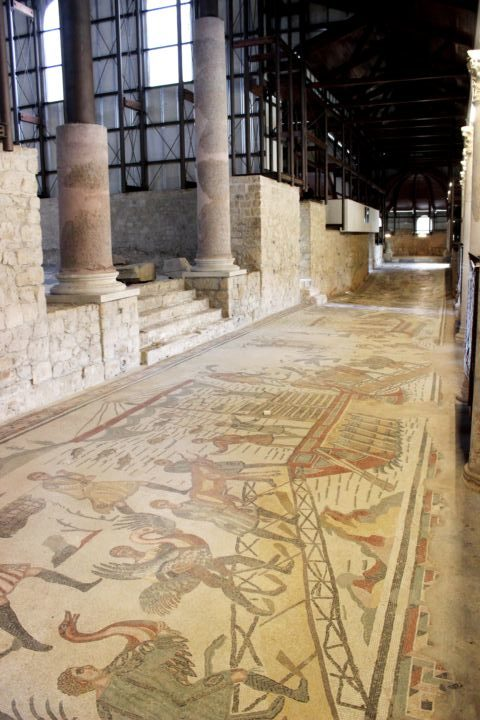
2. Unraveling the Narrative of the Great Hunt As viewers admire the Great Hunt mosaic, they are transported back in time to the world of ancient Rome, where hunting served as both a sport and a symbol of wealth and power. The mosaic’s composition unfolds like a story, with various vignettes depicting different stages of the hunt, from the pursuit and capture of prey to the triumphant return of the hunters with their spoils. Through careful analysis of the mosaic’s details, archaeologists and historians glean insights into Roman hunting techniques, social customs, and the elite’s penchant for luxurious leisure activities.
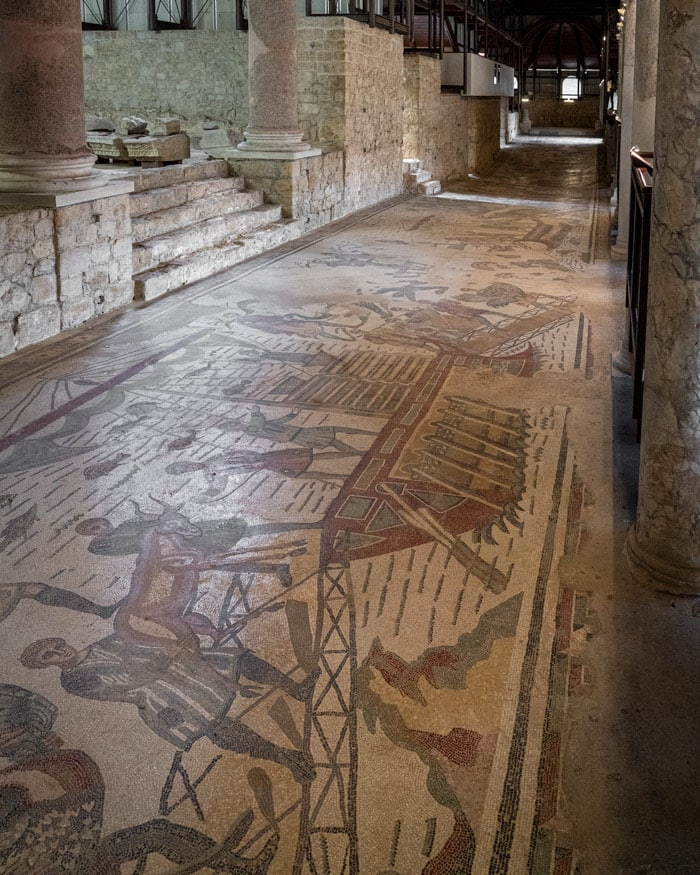
3. The Historical Context of the Great Hunt Mosaic The Villa Romana del Casale, where the Great Hunt mosaic is housed, was once an opulent Roman villa believed to have been the residence of a wealthy Roman aristocrat or imperial official. The mosaic’s location within the villa suggests that it served as a lavish backdrop for extravagant banquets and gatherings, where guests could marvel at its splendor while feasting and socializing. Moreover, the imagery of the hunt conveyed messages of power, virility, and aristocratic prowess, reinforcing the owner’s status and prestige within Roman society.
4. The Archaeological Significance of the Great Hunt Mosaic The discovery and preservation of the Great Hunt mosaic at the Villa Romana del Casale offer invaluable insights into ancient Roman life, culture, and artistic expression. Excavations at the site have revealed not only the remarkable craftsmanship of ancient Roman mosaicists but also evidence of the villa’s opulence and the elite lifestyle of its inhabitants. As a UNESCO World Heritage Site, the Villa Romana del Casale continues to attract visitors from around the globe, allowing them to marvel at the enduring legacy of the Great Hunt mosaic and the rich tapestry of history it represents.
A Timeless Testament to Roman Grandeur In conclusion, the Great Hunt mosaic at the Villa Romana del Casale stands as a testament to the artistic prowess and opulence of ancient Rome. Its exquisite beauty and rich narrative offer a glimpse into the world of Roman aristocracy and the cultural milieu of the 4th century AD. As visitors admire this remarkable masterpiece, they are reminded of the enduring legacy of Roman civilization and the timeless allure of its art and culture. The Great Hunt mosaic remains not only a captivating work of art but also a window into the past, allowing us to connect with the grandeur and sophistication of the ancient Roman world.
